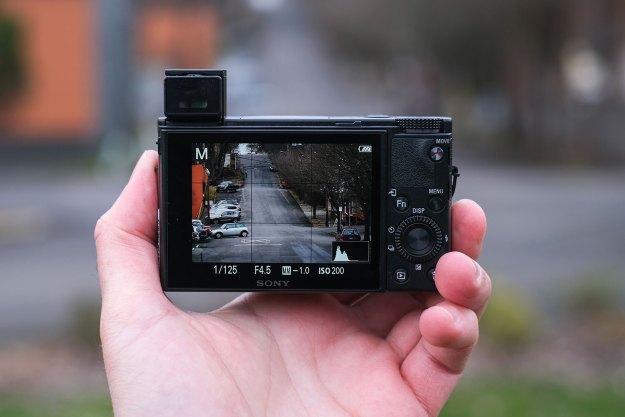Nikon finally dove in. And so did Canon. But it appears that launching a full-frame mirrorless camera is not for Fujifilm.
The Japanese camera maker has enjoyed huge success with its line of mirrorless cameras, though none of them are full-frame devices. Indeed, Fujifilm has said in the past that it doesn’t plan on launching such a camera, and will focus its efforts instead on its X-Series (APS-C crop sensor) and GFX (medium format) systems.
But in a recent interview with DPReview, the company — to the surprise of some and perhaps to the disappointment of many — went out of its way to state that it will “never” release a full-frame mirrorless camera.
In the interview, Toshihisa Iida, general manager of Fujifilm’s optical device and electronic imaging products division, was asked if Fujifilm would enter the full-frame market “now that all of the legacy DSLR makers except Ricoh have full-frame mirrorless systems.”
The executive responded in no uncertain terms, saying, “No, never. Because we don’t have that legacy — luckily or unluckily.”
Iida, who was speaking at the recent Photokina trade show in Cologne, Germany, added: “We don’t see any point in Fujifilm entering that market, particularly since we have good APS-C and medium-format systems.”
The executive said that if Fujifilm launched a full-frame device, its own cameras “would just start cannibalizing each other.” He told DPReview that the company was “happy to stay with two completely independent systems.”
Nikon and Canon
Having witnessed the growing popularity of Sony’s full-frame mirrorless cameras, and how the steadily improving format is now posing a serious threat to the DSLR market, Nikon finally got around to launching its first full-frame mirrorless devices in August as part of its new Z Series — the Z6 and the more advanced Z7. Canon has also recently entered the market with the ESO R.
Fujifilm is intent on sticking with its current formats, happy to leave the likes of Sony, Nikon, and Canon to duke it out with their full-frame alternatives.
Fujifilm has certainly made a success of its X-Series, which includes the X-Pro2, the X-E3, and the new X-T3, a camera that’s gaining high praise among reviewers for its excellent image quality, among other features. Fujifilm is also banking on the success of its newer GFX system, which currently comprises the GFX 50S and the newer GFX 50R devices.
Considering Fujifilm’s historic ability to dramatically adapt to changing markets, it’s somewhat surprising that it is categorically ruling out ever making a full-frame mirrorless device. Nikon and Canon both took a long time to come around to the idea, so it may even be that Fujifilm ends up having a change of heart further down the road …
Editors' Recommendations
- Fujifilm’s most-hyped camera has just started shipping
- New Nikon camera gear for space station marks end of an era
- Nikon launches the Z9, a pro-grade camera without a mechanical shutter
- Fujifilm’s no-frills Instax Mini 40 camera makes prints quick
- Fujifilm X-T4 vs. Fujifilm X-Pro3: A difference in form and function

